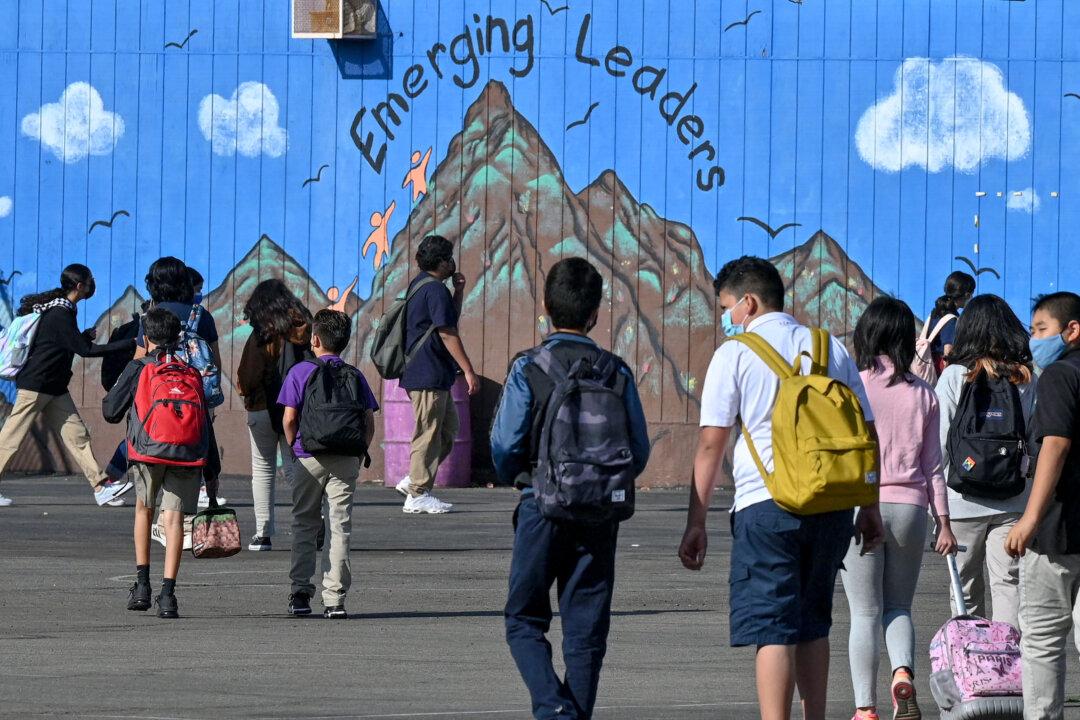Commentary
Expanding education freedom for elementary and secondary school children continues apace across the United States, and now Congress is climbing aboard. There are 33 states that offer kindergarten through grade 12 school options for families beyond the assigned public school, including 11 states with near “universal” choice.
